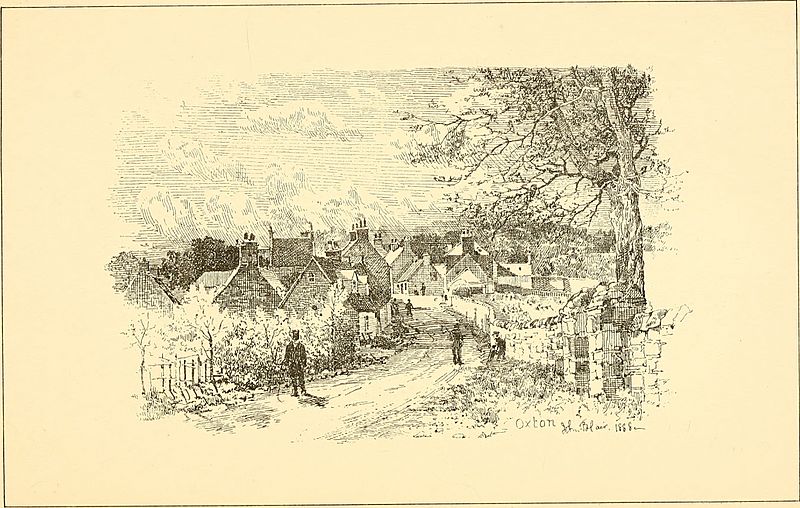Image: The birds of Berwickshire; with remarks on their local distribution migration, and habits, and also on the folk-lore, proverbs, popular rhymes and sayings connected with them (1889) (14568971110)

Description: Identifier: birdsofberwicksh01muir (find matches) Title: The birds of Berwickshire; with remarks on their local distribution migration, and habits, and also on the folk-lore, proverbs, popular rhymes and sayings connected with them Year: 1889 (1880s) Authors: Muirhead, George Subjects: Birds Publisher: Edinburgh, David Douglas Contributing Library: Smithsonian Libraries Digitizing Sponsor: Smithsonian Libraries View Book Page: Book Viewer About This Book: Catalog Entry View All Images: All Images From Book Click here to view book online to see this illustration in context in a browseable online version of this book. Text Appearing Before Image: , Or whirling drift. Burns. The Cock o the North is mostly associated in our mindswith the severe weather of winter, when deep snow coversthe level expanse of the Merse, and curlers are on the ice;for then it is seen in small numbers about the stackyards,feeding with the Chaffinches and Linnets on any wastegrain or seeds which it can find. It is an autumn and winter visitor to most parts of thecounty, coming from the north in October and Novem-ber, and returning northwards again in March and April.^Although the Brambling is seen in Berwickshire every year,it is much more plentiful in certain districts in some yearsthan in others, its visits being somewhat erratic and un-certain, so far as particular localities are concerned. When the weather is mild it frequents the open fieldswith flocks of Chaffinches and other birds, and as it 1 Mr. George Bolam records seeing one in his garden at Berwick-on-Tweed inthe spring of 1884 as late as the IstofMay.—^zsi. Ber. Nat. Club, vol. x. p. 588. Text Appearing After Image: THE BRAMBLING. 167 resembles the male Chaffinch in manners, appearance, andplumage, it can scarcely be distinguished at a little distancewhen feeding amongst them. It likewise resorts to planta-tions, where it feeds upon the beech-mast. Large flockswere seen in the beech woods at Paxton in the autumnof 1874, but they nearly all disappeared when the heavysnow-storm of December of that year came on, only a fewremaining about the farm-steadings in the neighbourhoodduring the severe weather which followed. In 1875 nonevisited Paxton, in 1876 they were very numerous, in 1877only a few were noticed, and none in 1878. Mr. Kelly men-tions that, at the farm of Pilmore in Lauderdale, Bramblingshave been observed feeding among the lint refuse leftafter thrashing.^ He also records its appearance in winterat Lylestone, Newmills, and Threeburnford near Oxton.^Mr. Eenton states that it was seen at Fans, on the 10th ofJanuary 1881, during hard frost and snow; and Dr. Stuartmentions it as occurring at Note About Images Please note that these images are extracted from scanned page images that may have been digitally enhanced for readability - coloration and appearance of these illustrations may not perfectly resemble the original work.
Title: The birds of Berwickshire; with remarks on their local distribution migration, and habits, and also on the folk-lore, proverbs, popular rhymes and sayings connected with them (1889) (14568971110)
Credit: https://www.flickr.com/photos/internetarchivebookimages/14568971110/ Source book page: https://archive.org/stream/birdsofberwicksh01muir/birdsofberwicksh01muir#page/n205/mode/1up
Author: Internet Archive Book Images
Permission: At the time of upload, the image license was automatically confirmed using the Flickr API. For more information see Flickr API detail.
Usage Terms: No known copyright restrictions
License: No restrictions
License Link: https://www.flickr.com/commons/usage/
Attribution Required?: No
Image usage
The following page links to this image:

